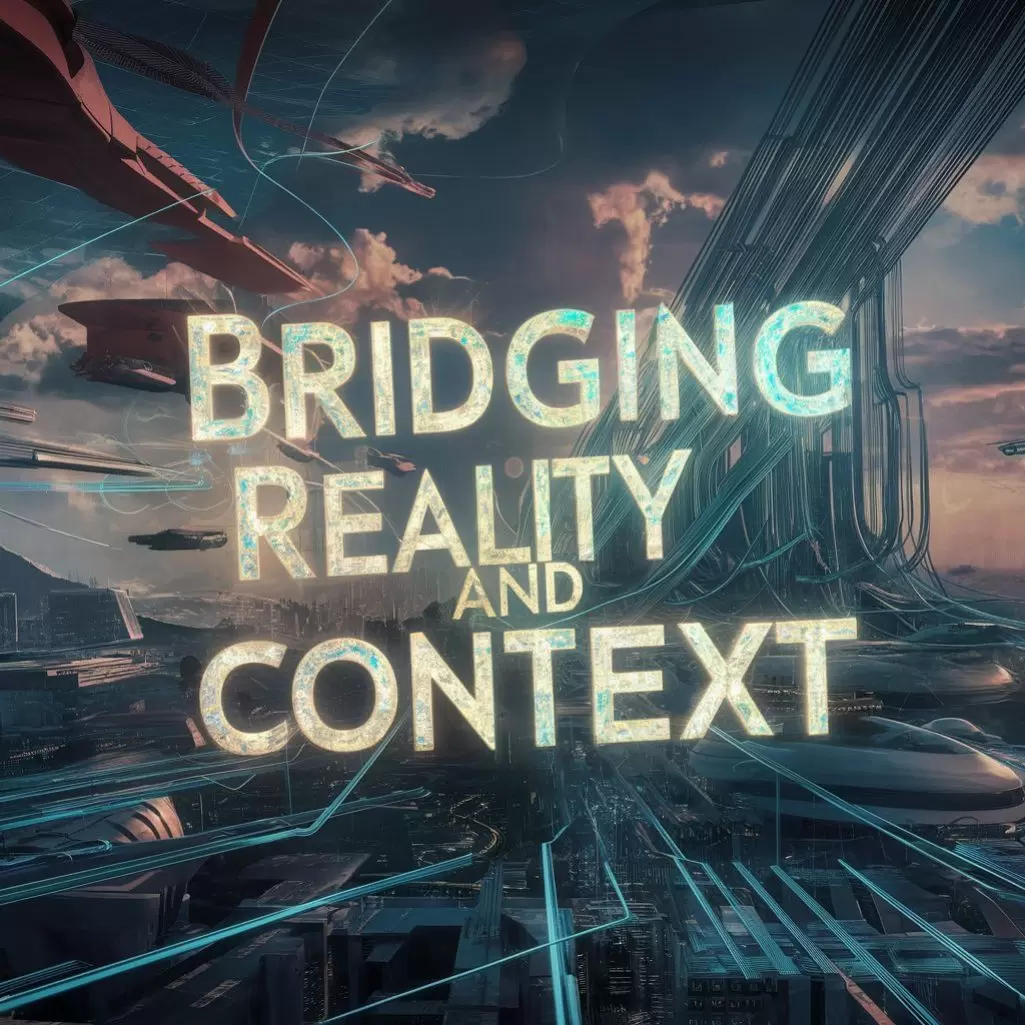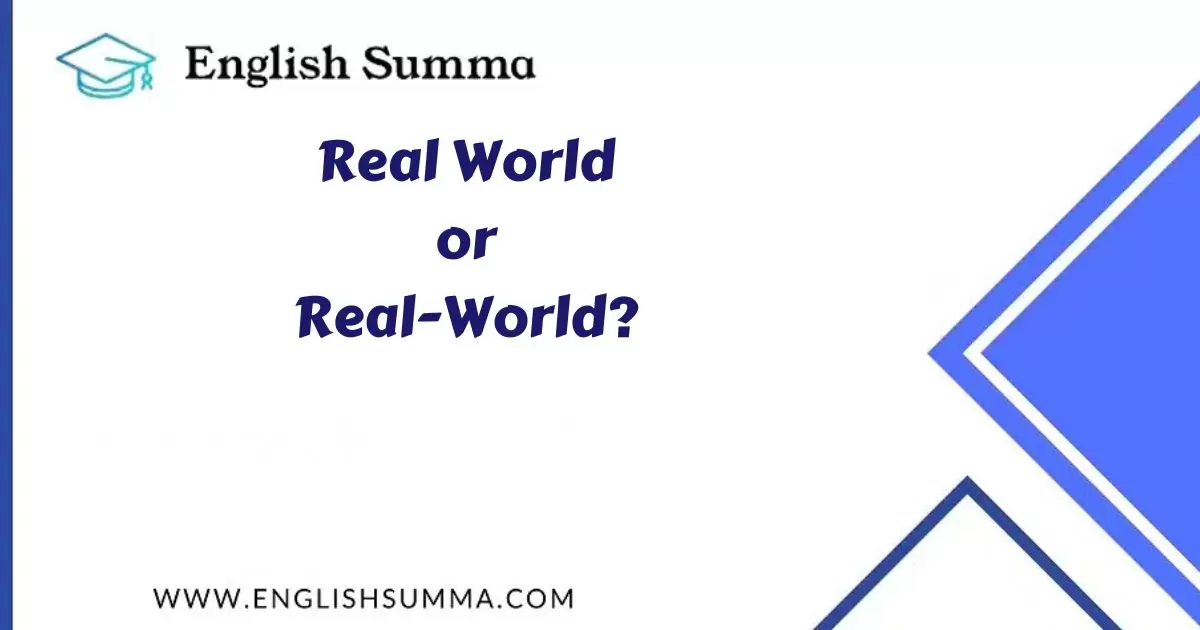In the expansive realm of language, compound words often present a perplexing challenge for writers and speakers alike. Among these linguistic enigmas, the distinction between “Real World” and “Real-World” stands out as particularly intriguing.
Despite their apparent similarity, the presence or absence of a hyphen can significantly alter their meanings. Let’s embark on a comprehensive exploration of these compound words, unraveling their intricacies and elucidating the contexts in which each thrives.
Unraveling the Complexity of “Real World”

The Tangible Realm of Reality
“Real World,” when written without a hyphen, typically denotes the palpable, physical environment in which we exist. It encompasses the concrete world around us, comprising everything from natural landscapes to human societies. In essence, “Real World” portrays authenticity and tangibility, often serving as a contrast to virtual or imaginary realms.
Example Scenario: Imagine a riveting travel documentary showcasing the awe-inspiring landscapes of the Himalayas. In this context, the term “real world” emphasizes the unadulterated beauty of the mountains, devoid of any digital alterations or virtual enhancements.
Exploring Metaphorical Dimensions
Beyond its literal interpretation, “Real World” can delve into metaphorical realms, symbolizing practicality, everyday life, and the challenges inherent in society. It encapsulates the complexities of human existence, encompassing realms such as work, relationships, and societal expectations.
Example Scenario: Consider a poignant novel that delves into the struggles of a young professional navigating the corporate world. Here, “real world” alludes to the harsh realities of office politics, career aspirations, and personal growth.
Correct Usage: The novel vividly portrays the protagonist’s tumultuous journey in the real world of corporate dynamics.
Incorrect Usage: The novel provides insights into the real world of corporate dynamics.
Unveiling the Significance of “Real-World”
Bridging Reality and Context

In stark contrast to “Real World,” the hyphenated form “Real-World” serves a distinct grammatical purpose. It functions as a compound adjective, modifying nouns to describe elements that pertain to or resemble the actual world. By incorporating the hyphen, it conveys a sense of cohesion and specificity in language usage.
Example Scenario: Envision a university course titled “Real-World Applications of Artificial Intelligence.” Here, “real-world” emphasizes the practical implementation of AI technologies in everyday contexts, such as business operations, healthcare, and environmental sustainability.
Emphasizing Practical Application
“Real-World” underscores the applicability and relevance of concepts or skills in practical settings. It implies a direct connection to real-life situations, highlighting the utility and effectiveness of knowledge or practices beyond theoretical frameworks.
Example Scenario: Imagine a hands-on workshop focused on financial literacy for young adults. The session promises to provide “real-world” strategies for budgeting, saving, and investing, aiming to equip participants with tangible skills for managing their finances effectively.
Correct Usage: The workshop offered invaluable real-world solutions for managing personal finances.
Incorrect Usage: The workshop discussed real world solutions for managing personal finances.
Navigating the Grey Areas: Realworld
Amidst the dichotomy of “Real World” and “Real-World,” occasional instances arise where the distinction blurs. One such instance is the emergence of “Realworld,” where the absence of a space or hyphen introduces ambiguity to its interpretation.
Example Scenario: Suppose an online forum discussing the challenges of sustainable living adopts the term “realworld” in its discussions. Here, the term could be interpreted as a fusion of the tangible aspects of the physical world and the practical applications emphasized by “Real-World.”
Conclusion
In the realm of language, the subtle nuances between compound words can wield a significant impact on communication. “Real World” and “Real-World” epitomize this complexity, each offering unique insights into the tangible realities and practical applications that shape our experiences.
While “Real World” denotes the literal environment we inhabit, “Real-World” bridges the gap between reality and its practical manifestations. As language continues to evolve, understanding the nuances of compound words empowers us to navigate the intricacies of expression in the ever-changing landscape of communication.
Related Post:

